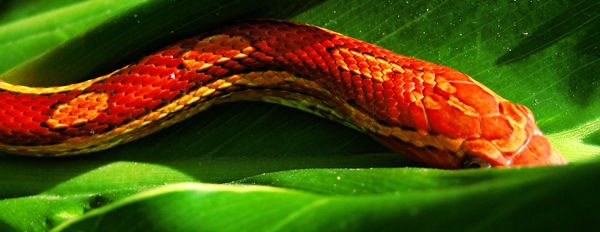- info@wildlifeanimalcontrol.com
Call us for help in your town
Wildlife Control Education
Snake mating habits
Since snakes arise from different locations all around the world. Therefore the process of mating takes very many distinct forms which are based on the location and the species from which the snake arises. The basic act of mating is actually the male snake meeting a female snake and if they are mature enough, they mate. Early summer and the late periods of springs are the periods in which snakes that occupy colder locations mate. For snakes that occupy tropical sections of the world, they mate throughout the year. Mating is actually determined if there is adequate and available food and appropriate temperatures capable of sustaining offspring.

The organs of reproduction of snakes are found inside the snake. They usually practice interior fertilization. They also lay eggs that hatch after a period of time and bring forth little snakes.
The mating process actually begins when the male snake travels long distances during the mating season to search for a female. The males can travel in large numbers and sometimes have physical encounters or altercations with each other over a female snake. They fight with each other and most of the times bite each other. These males fight to fertilize a single female snake which is considered as receptive.
Once one male ‘wins’ the fight, it finds the female and aligns its body together with hers so that the cloacas come into contact. The cloaca is the common opening in snakes that is found at the end of the digestive tube and is responsible for the release of faecal matter and also the release of genitals. The cloaca is found in most reptiles.
The male snake has paired organs known as hemiphenes which are instrumental during the mating season. They insert a single hemiphene into the cloaca of the female. This sometimes takes place for hours. The amount of time usually depends on the species.
After the mating process and the eggs have been fertilized, the male and the female snake separate. The female sometimes turn hostile after mating. The female may lay eggs immediately after mating or the egg may stay in its body for a while depending on the snake species. The snake places the eggs in a nest for security. Sometimes it leaves the eggs for the babies to develop or stays with its eggs. Staying usually depends on if the snake feels the eggs are secure enough. Staying sometimes is for the purpose of protecting the eggs.
After a period of time, in the right environment with appropriate temperatures, the eggs will hatch and little snakes will arise. They move around in search for areas to live in and when they are mature enough they start searching for their food.
Go back to the How to get rid of snakes home page.
Need snake removal in your hometown? We service over 500 USA locations! Click here to hire us in your town and check prices - updated for year 2020.

















